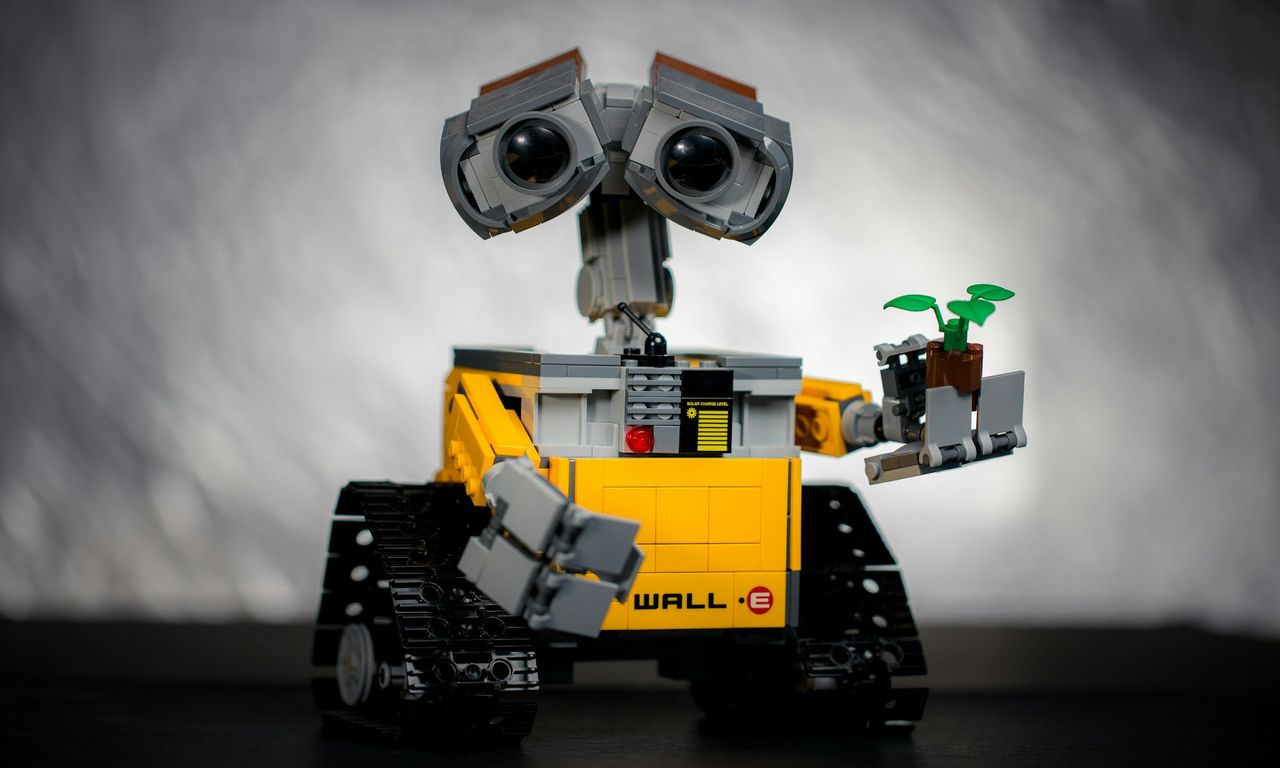Writing Code with AI Tools: Beyond Autocomplete

Artificial Intelligence has become more than just a buzzword in software development. In 2025, coding with AI is no longer a futuristic idea, it’s an everyday reality. Tools like GitHub Copilot, Cursor are embedded directly into our workflows.
But here’s the interesting part:
AI-assisted coding isn’t just about writing faster code, it’s about reshaping how we think as developers.
Let’s explore the hidden advantages, real challenges, and surprising use cases that most articles don’t mention.
From Autocomplete to Thought Partner

When developers first hear about AI coding tools, they imagine a “super autocomplete.” While that’s true on the surface, the real value comes from AI acting as a thought partner.
-
Instead of simply filling in boilerplate, AI can suggest alternative approaches you may not have considered.
-
It can recognize patterns across different programming languages and frameworks that a single developer may not know.
In other words, AI tools are starting to blur the line between searching for knowledge and creating solutions.
The “10x Prototyping Effect”
One of the most underrated benefits is 10x Prototyping Effect.
Normally, testing a new idea means:
-
Writing a basic scaffold.
-
Wiring up minimal functionality.
-
Debugging boring errors like imports or configuration.
With AI, you can often generate a working prototype in minutes instead of hours. That doesn’t mean it’s production-ready but the mental cost of experimenting drops dramatically.
For startups or solo developers, this changes the economics: you can validate five ideas in a week instead of one. Some developers now talk about “failing faster with AI.”
AI for Debugging: Your Tireless Pair Programmer
Here’s a use case that isn’t discussed enough: debugging.
Every developer knows the pain of cryptic error messages, especially when dealing with cross-platform builds, cloud deployments, or obscure libraries. AI tools can:
-
Read error logs and explain them in plain English.
-
Suggest possible fixes based on similar errors in open-source repositories.
-
Even predict what went wrong before you fully describe the problem.
In practice, this feels like pair programming with a colleague who never gets tired of reading logs.
A surprising side effect: junior developers learn debugging strategies faster, because AI explains why something is wrong, not just what to fix.
Aware About Security
Now, let’s talk serious: "AI-generated code can be risky."
-
Models may produce insecure defaults (e.g., disabling SSL checks to “fix” a connection issue).
-
Some suggestions may include outdated practices from older libraries.
-
There’s also the debate about license contamination: if AI trains on GPL code and suggests a snippet, do you unknowingly violate a license?
Developers must treat AI like an intern who works fast, but whose work must always be reviewed.
AI as Project Glue
AI doesn’t just help with raw code. It’s becoming the glue between development steps:
-
Writing tests: You can prompt AI to generate edge case tests you might overlook.
-
Documentation: Auto-generate meaningful docstrings, README files, or even API guides.
-
Code reviews: Some teams experiment with AI reviewers that highlight suspicious changes before humans look at them.
In practice, this frees up senior engineers to focus on architecture and design instead of repetitive reviews.
Cultural Shift: From “Code Ownership” to “AI Collaboration”
Developers often take pride in “hand-crafted code.” But with AI in the loop, that pride is shifting.
-
Some engineers now measure their value less by the lines of code they write and more by the quality of prompts they craft.
-
Teams are starting to include prompt libraries in repositories — just like code libraries — so colleagues can reuse effective ways of asking the AI.
-
New roles are emerging, like AI Code Curator, whose job is to review and adapt AI-generated contributions.
This is a subtle but profound cultural change in how software is made.
The Learning Accelerator
For beginners, AI tools are not just helpers, they’re teachers.
-
A junior developer can ask, “Explain this code like I’m five,” and instantly get digestible context.
-
Instead of blindly copy-pasting from Stack Overflow, they learn why the code works.
-
Even experienced engineers use AI to pick up new languages faster, e.g. moving from Java to Go without slogging through endless documentation.
This makes career transitions smoother and reduces the steep learning curves of modern frameworks
Where This Is All Going
So what’s next? A few fascinating trends are emerging:
-
Self-healing systems: AI tools that not only write code but also monitor running applications and patch bugs automatically.
-
AI agents as collaborators: Instead of asking AI for snippets, you might assign it a Jira ticket, and it delivers a pull request.
-
Federated development: Multiple AI models specialized in different domains (security, UI, data) collaborating within a single project.
In 5–10 years, developers may spend more time designing systems and guiding AI teammates than typing code line by line.
The Human Edge
Despite all this, one thing is clear: AI doesn’t replace human developers. It amplifies them.
-
Creativity, critical thinking, and ethical judgment remain human strengths.
-
Choosing trade-offs (performance vs. maintainability, security vs. speed) requires context that AI doesn’t fully understand.
-
And let’s be honest: some of the most joyful moments in programming come from solving a tricky bug yourself something AI can’t take away.
The smartest developers will be those who see AI as a partner, not a competitor.
Conclusion
Writing code with AI tools is not just about speed. It’s about changing how we think, experiment and collaborate as engineers. The best results come when humans and AI work side by side: the AI handling routine tasks and pattern recognition, the human providing vision, judgment, and creativity.
We’re entering a new era where the skill of being a great developer includes not just knowing algorithms or frameworks, but also knowing how to talk to AI.
And perhaps that’s the most interesting part: in learning how to teach machines, we’re also learning more about how we think as humans.